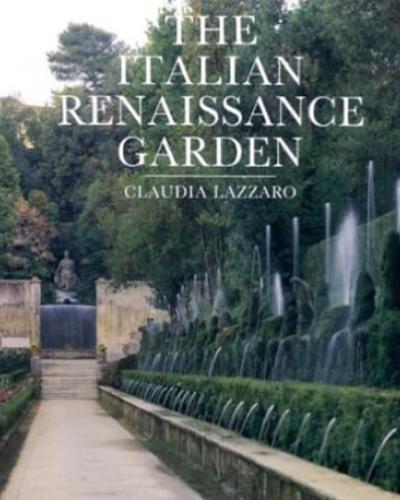 Department Homepage
The College of Arts & Sciences
Department Homepage
The College of Arts & Sciences

Book
The Italian Renaissance Garden: From the Conventions of Planting, Design, and Ornament to the Grand Gardens of the Sixteenth-Century Central Italy
Title:
The Italian Renaissance Garden: From the Conventions of Planting, Design, and Ornament to the Grand Gardens of the Sixteenth-Century Central Italy
Author/ Editor:
Claudia Lazzaro
Publisher:
Yale University Press
Year:
1990
The splendid architectural gardens of sixteenth-century Italy--with their lavish sculpture, fountains, and terraces--were the culmination of Renaissance garden art. In this beautiful book, Claudia Lazzaro returns the gardens to their original appearance, recreating the sights, sounds, and smells that contemporaries experienced. Using an abundance of literary and visual sources, Lazzaro establishes the conventions of planting, design, and ornamentation in well-known gardens, including Caprarola, Pratolino, and Bomarzo, and in many lesser-known ones. She goes on to discuss in detail the four best-preserved grand gardens--the Medici garden at Castello, the Boboli garden in Florence, the Villa d'Este at Tivoli, and the Villa Lante at Bagnaia.
Gardens in Italy in the late fifteenth and sixteenth centuries reflected contemporary ideas about the interaction of art and nature. The essence of a Renaissance garden included the plants selected and their arrangement as well as ornaments of natural materials such as topiary, tree houses, grottoes, and labyrinths, which represented nature as both ordered and wild. The grand gardens were distinguished from more modest one not only by their sculpture, fountains, and terraces but also by extensive architecture, abundant water, costly exotic plants, and water-powered automata.
Lavishly illustrated with contemporary paintings, drawings, and prints, as well as with many specially commissioned photographs by the architectural historian and photographer Ralph Lieberman, this book reconstructs the former appearance of Renaissance gardens and conveys the beauty of the surviving ones. It will be intriguing to all those interested in Italy, gardens, art, or any of the literary or scientific aspects of the Renaissance.